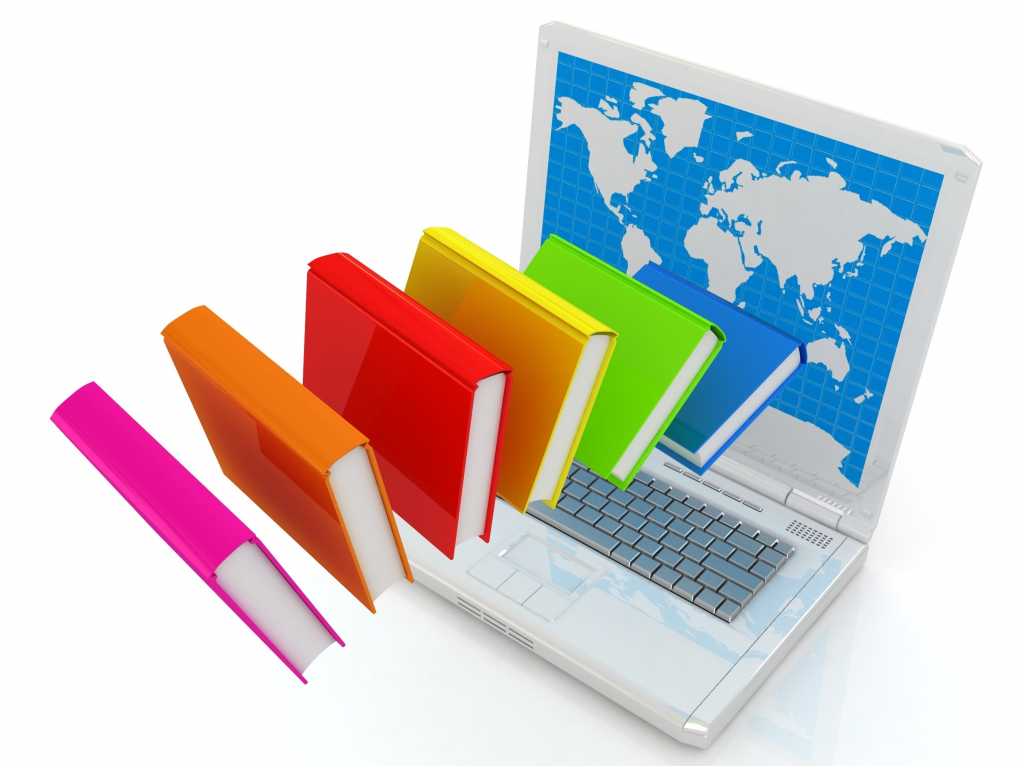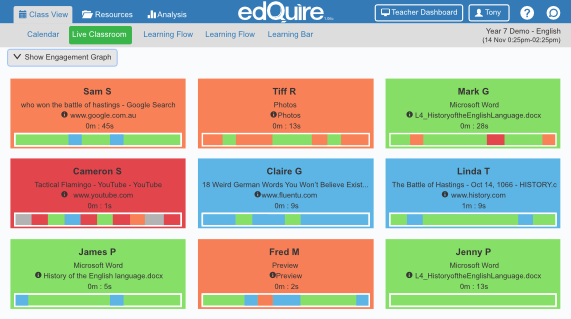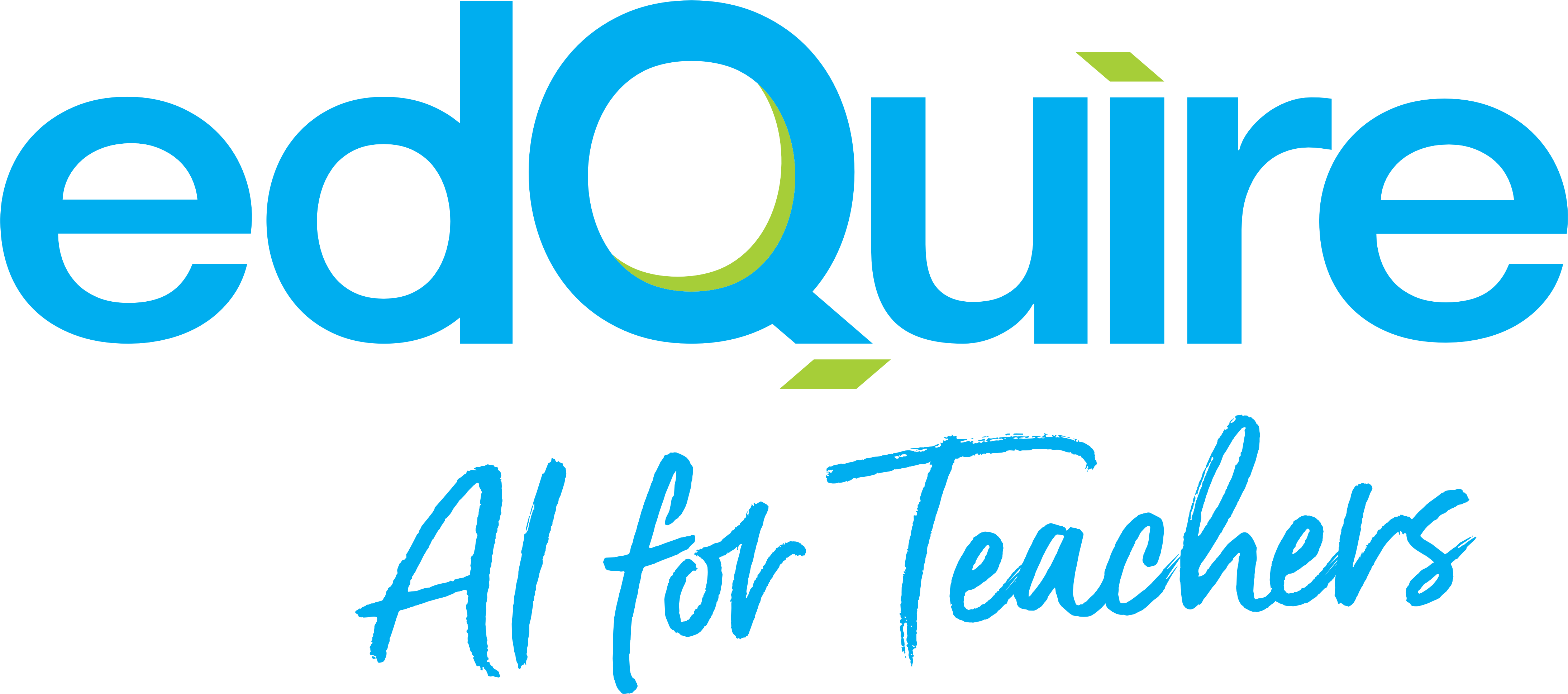
Pearson’s has capitulated to the increased demand and potential increase in the profit margin of digital text and is set to pull the pin on publishing textbooks in print form. The world’s largest publisher of textbooks has announced a digital-first strategy for its US market, with new books being published digitally, rather than physically. And you can be sure that this will affect the Australian market, with the UK expected to follow in due time.
CEO John Fallon told the BBC: “We are now over the digital tipping point…Over half our annual revenues come from digital sales, so we’ve decided a little bit like in other industries – like newspapers or music or in broadcast – that it is time to flick the switch in how we primarily make and create our products.”
It’s not surprising that Pearson’s has adopted this publishing model as it will undoubtedly increase their profit margin by eliminating many costs associated with printing and distribution of printed text, and also has many benefits to the end-user such as the ability of texts to be updated quickly, the inclusion of multi-modal and interactive content, and the ability to provide feedback-driven assessment.
While increasing digital textbooks in the classroom has definite and clear benefits to the student, the teacher, and of course to Pearson’s, there are also points to consider and to be mindful of.
TACTILITY: For many students, paper textbooks are more than just a medium in which to present information. The tactile nature of a physical book is something many students prefer to a digital screen. Being able to physically hold a book, feel it’s weight, flick to a new chapter, earmark a page, are all experiences we have (and many actually enjoy) with learning from printed text. Jotting down notes on a textbook using a pen, a pencil, or a highlighter, is more than just scribbling things down – the act of physically writing and making notes is known to be beneficial to increasing memory, cementing knowledge and aiding in recalling facts. (There are MANY articles and papers written on this, here is one example https://www.npr.org/2016/04/17/474525392/attention-students-put-your-laptops-away)
SMELL: Yes. Smell. Books have their own comforting smell that many people find appealing. I don’t know what it is about a book and the way they smell, but it’s undeniably a comforting and memorable aspect of reading for many people, myself included.
PORTABILITY: Being able to put a book in your bag and taking it with you to read as you please, where you please, at any time you please, is, well, pleasing!Yes, students could take their laptop with them on car trips or family holidays – but this is often only viable as long as there is power and the internet is accessible, and carrying a laptop worth hundreds of dollars around from place to place has its own risks… (anyone with experience of teenagers will attest to that).
DISTRACTIBILTY: When you have a physical, printed textbook in your hands, that’s often all that you have. You may also have a pen to write your notes in the margin, but that’s about it. It’s your book, your pen, and your thoughts. When your textbook is digital and on your computer, and that computer has the ability to connect to the internet, you have access to a host of other things. Games, Netflix, YouTube, Social media, web browsing – the world is at your fingertips. The amount of time students spend on task switching when using digital technology is astounding, and often goes undetected.
While distractions and off-task behaviours are very often undetected, this does not mean that they are undetectable. There’s no doubt that distractibility is not a new phenomenon, however it’s the method in which we are being distracted that has changed, and digital distraction is a real problem. If we really are moving to a more digital world of textbooks, and it’s apparent that we are, the need to help our students to focus and stay on-task will increase.

Teachers can use digital technologies and software development to their advantage. New software development gives us greater insight into student distractibility and learning behaviours using AI-based learning software.
An Australian company, FIC Technologies, has developed a world-first AI-based learning analytics software called edQuire that will tell teachers in real-time what digital content their students are accessing in their classes.
A simple colour-coded heat map alerts teachers as to whether students are off task, on task, or hotspotting to avoid detection, and this information is presented to the teacher in real-time by simply glancing at their own computer screen. A red icon indicates that a student is off task, a green one means they’re on task, blue means that the student is possibly on an on-task activity and yellow indicates that they’re hotspotting. A quick glance allows a teacher to see if any student needs their focus redirected, or if everyone is on task. Information can be collected and collated for each student, over a period of time, to give further insights into how well the student is engaging with their technology in classrooms. Teachers can modify appropriate and acceptable sites per lesson if required, and the intelligent AI software can build on that for future lessons.
Additionally, students can access their own data to see how well they are using their time and to take control of their own learning. All the while, school and student privacy is assured.
While it is apparent that the change to digital textbooks is inevitable and paper textbooks will soon be a thing of the past, it doesn’t have to be bewildering or uncontrollable. Technology advancements such as edQuire puts the teacher back in control and makes the move to digital textbooks safe, simple, and effective.

Recent Comments